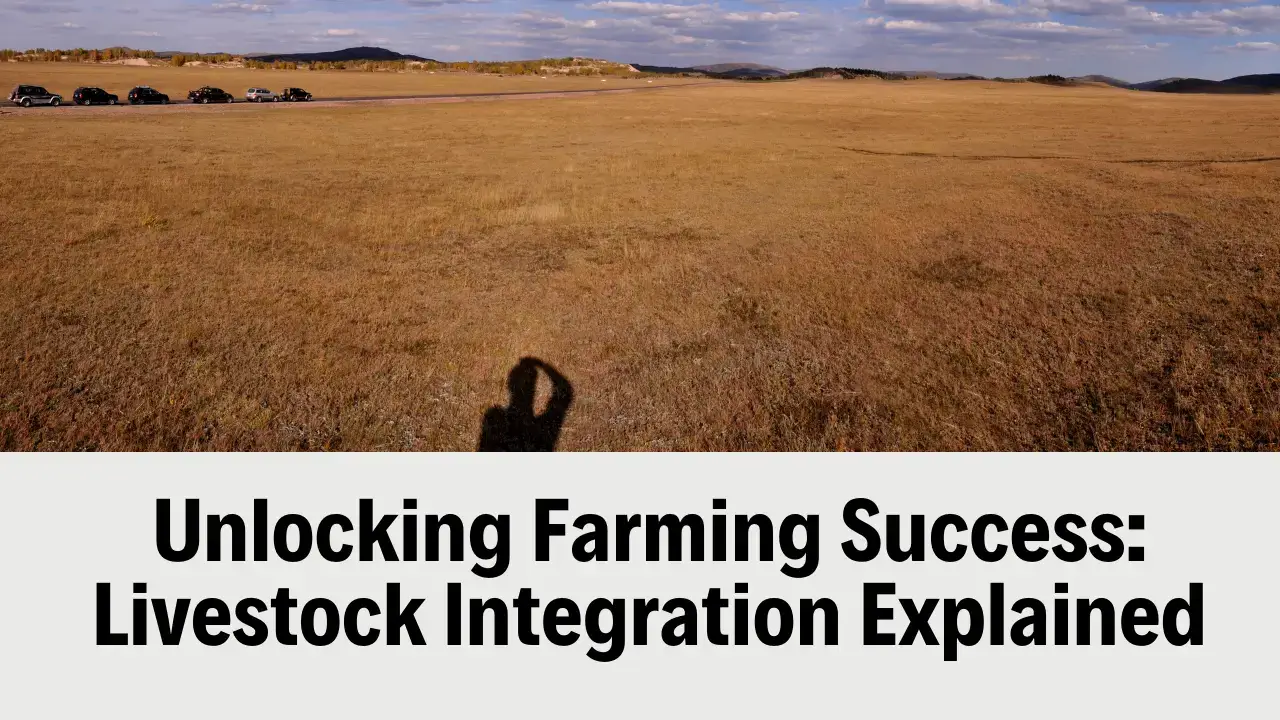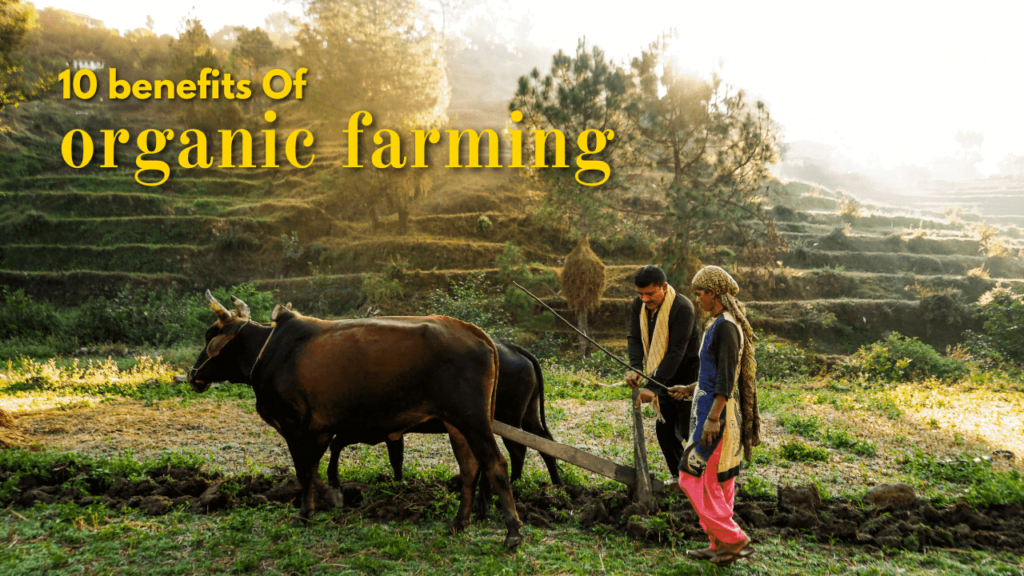Meaning Of Agroforestry
Agroforestry is a sustainable land management approach that integrates the cultivation of trees and shrubs with agricultural crops and/or livestock within the same land area. This practice aims to optimize the benefits derived from combining trees and agriculture, fostering a harmonious and mutually beneficial relationship between them.
In agroforestry systems, trees serve multiple purposes, such as providing shade, improving soil fertility, preventing erosion, and offering valuable products like timber, fruits, and nuts. The integration of trees with crops and livestock creates a diverse and resilient ecosystem that enhances overall productivity and ecological sustainability. Agroforestry systems can be adapted to various climates and landscapes, making them a versatile solution for addressing environmental challenges and promoting agricultural resilience.
Furthermore, agroforestry contributes to biodiversity conservation, carbon sequestration, and the enhancement of ecosystem services. By promoting a holistic and ecologically sound approach to land use, agroforestry plays a crucial role in promoting long-term agricultural viability while simultaneously addressing environmental and social goals. Overall, agroforestry represents an innovative and sustainable strategy that aligns agricultural productivity with environmental stewardship.
Embracing Agroforestry: A Pathway to Sustainable Farming
In the realm of modern agriculture, a revolutionary concept has taken root—Agroforestry. This innovative practice intertwines the cultivation of trees with traditional farming, offering a myriad of benefits that extend far beyond the conventional agricultural landscape. Let’s delve into the world of Agroforestry and explore how this approach is shaping the future of sustainable farming.
Agroforestry 101: Nurturing Nature’s Symphony
At its core, Agroforestry is a sustainable land management system that integrates the cultivation of trees and shrubs with crops and livestock. This harmonious blend fosters a balanced ecosystem, promoting biodiversity, enhancing soil fertility, and mitigating environmental impact. Unlike traditional farming methods, Agroforestry provides a holistic approach that aligns with the principles of sustainability.
The Green Tapestry: Benefits of Agroforestry Unveiled
Enhanced Biodiversity:
Agroforestry acts as a catalyst for biodiversity, creating a vibrant tapestry where crops, trees, and livestock coexist synergistically. This not only preserves natural habitats but also encourages the proliferation of beneficial organisms.
Improved Soil Health:
The presence of trees in Agroforestry systems prevents soil erosion and enhances soil structure. The intricate root systems of trees contribute to nutrient cycling, ensuring that the soil remains fertile for prolonged periods.
Climate Resilience:
Agroforestry plays a pivotal role in climate change mitigation by sequestering carbon dioxide and mitigating the impacts of extreme weather events. The diversified landscape offers a buffer against climate-induced uncertainties.
Empowering Farmers: A Call to Action
Now, as we stand at the crossroads of agricultural evolution, there’s a pressing need to embrace Agroforestry on a broader scale. Farmers, the stewards of the land, hold the key to ushering in this green revolution. Governments, communities, and stakeholders must collaborate to provide support, education, and resources to facilitate the seamless transition to Agroforestry practices.
conclusion
Agroforestry emerges not just as a farming technique but as a philosophy—a commitment to nurturing the land and fostering a sustainable coexistence between agriculture and nature. The green revolution starts with a seed, and in Agroforestry, we find the roots of a thriving, sustainable future for generations to come.







